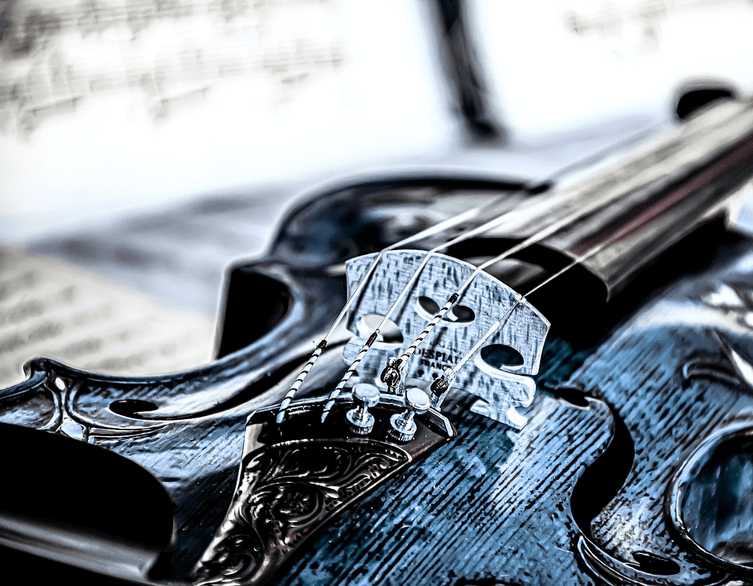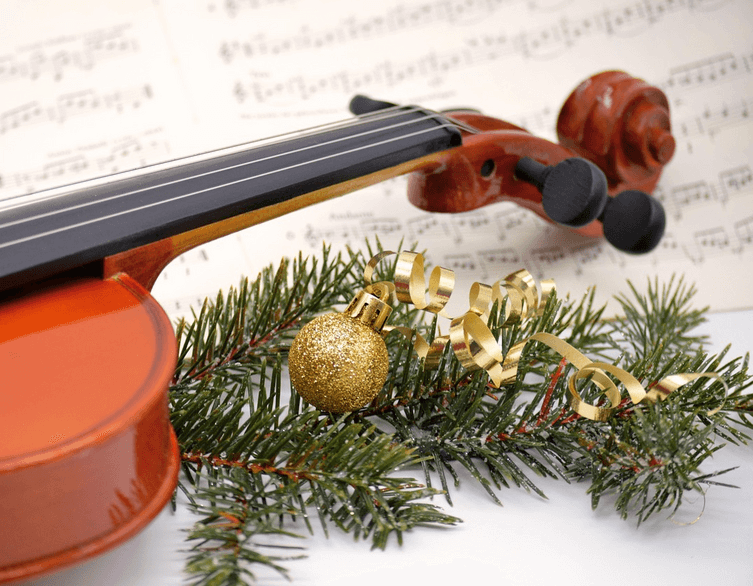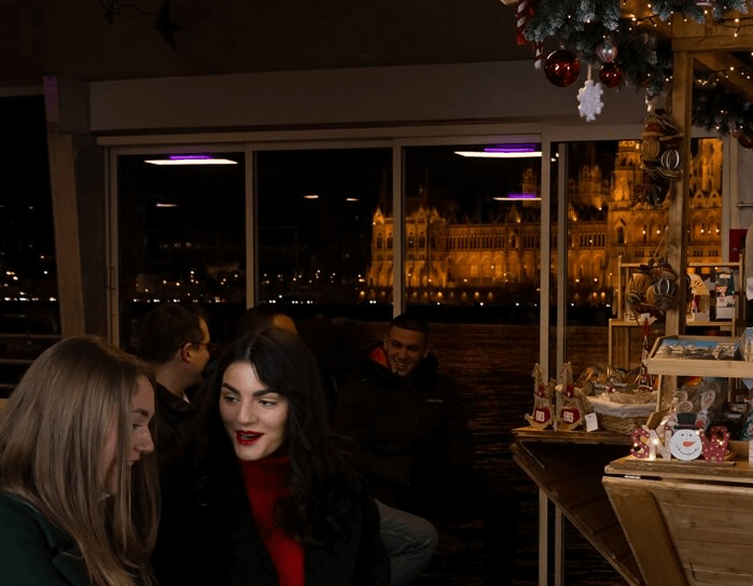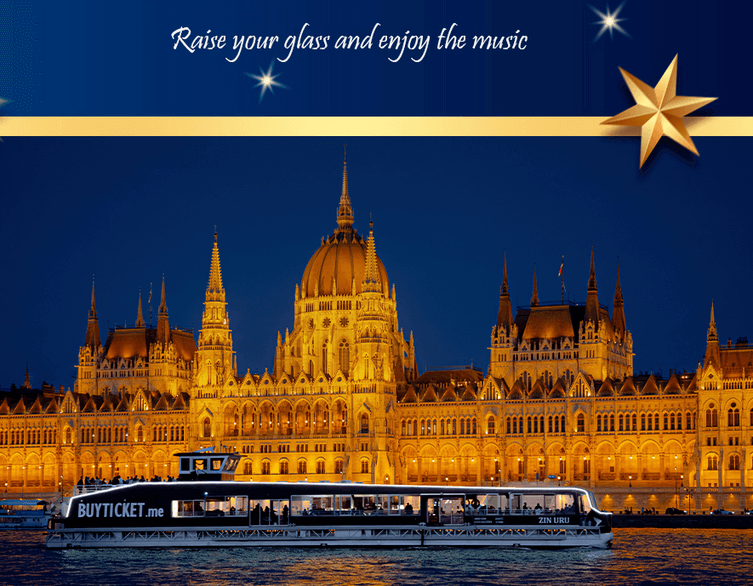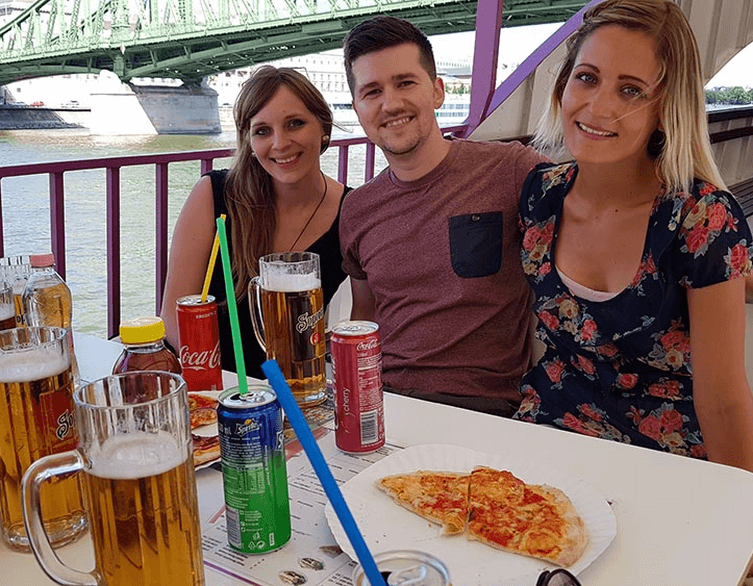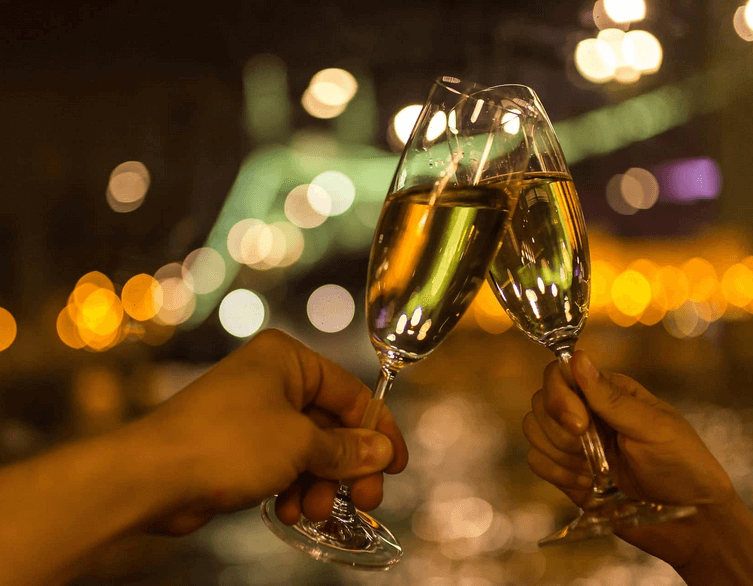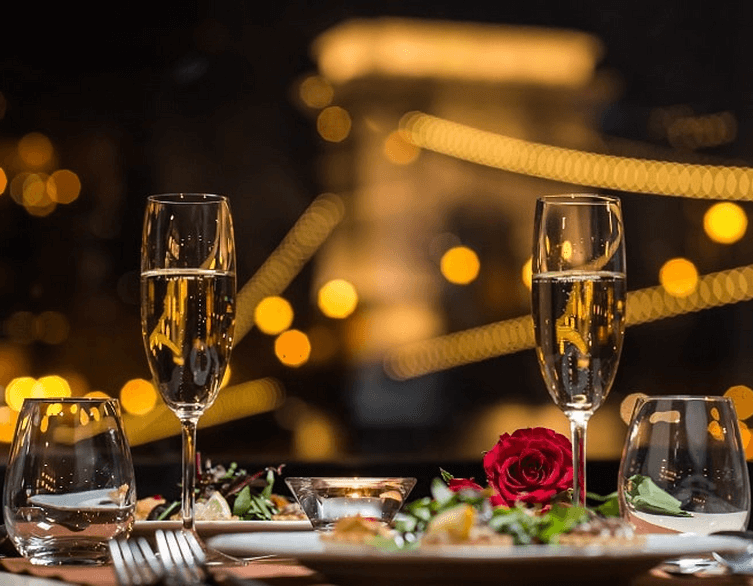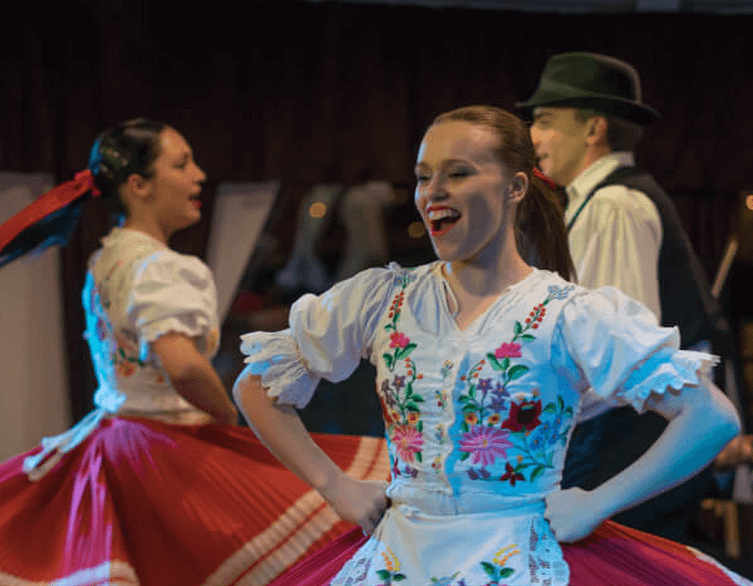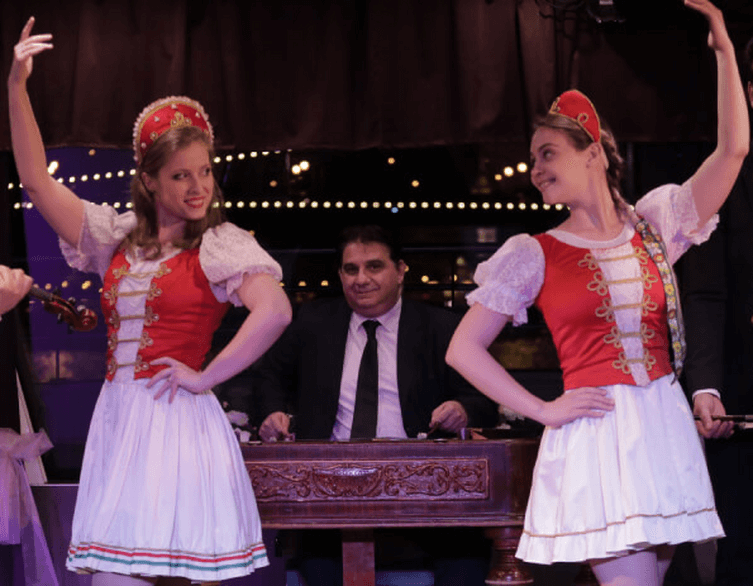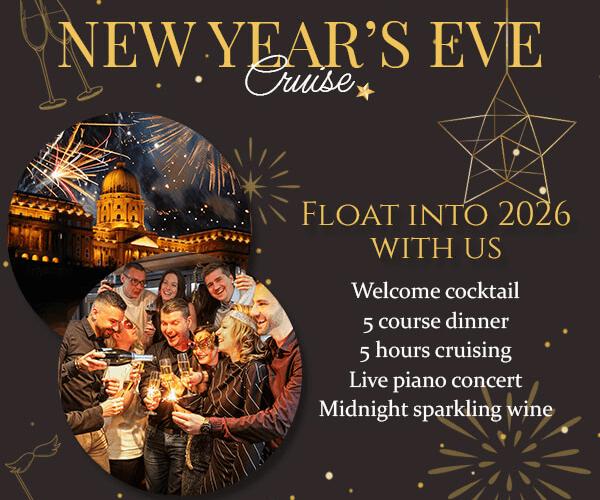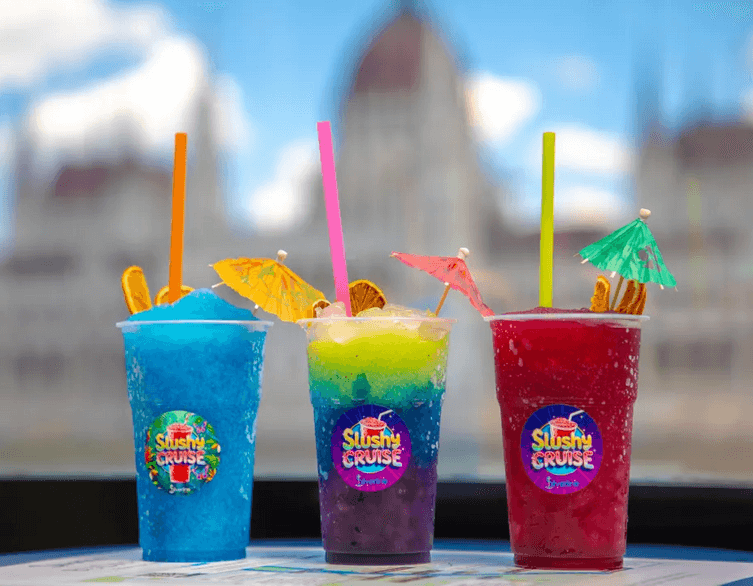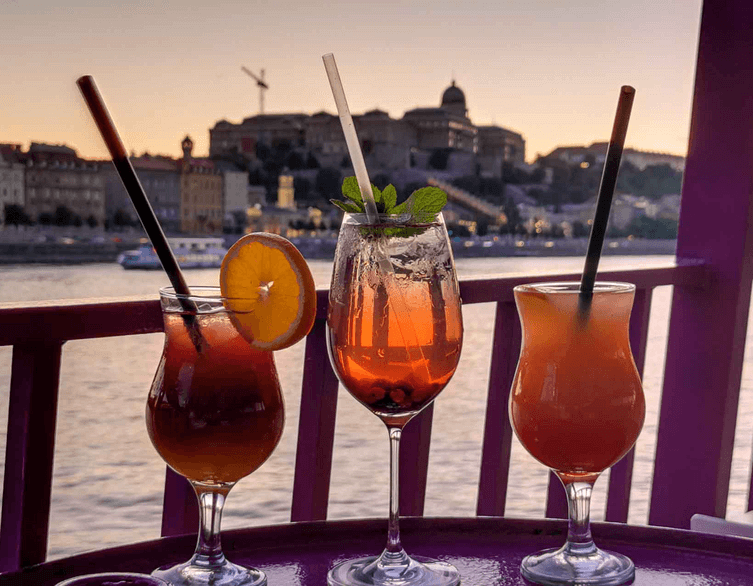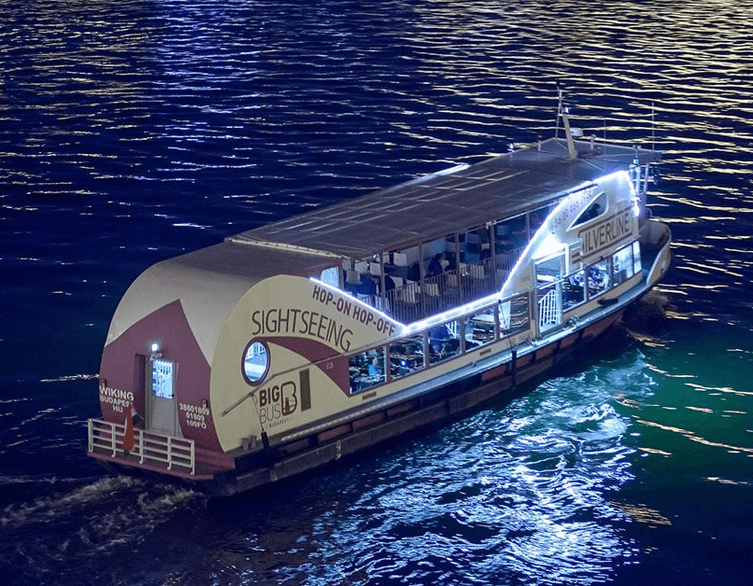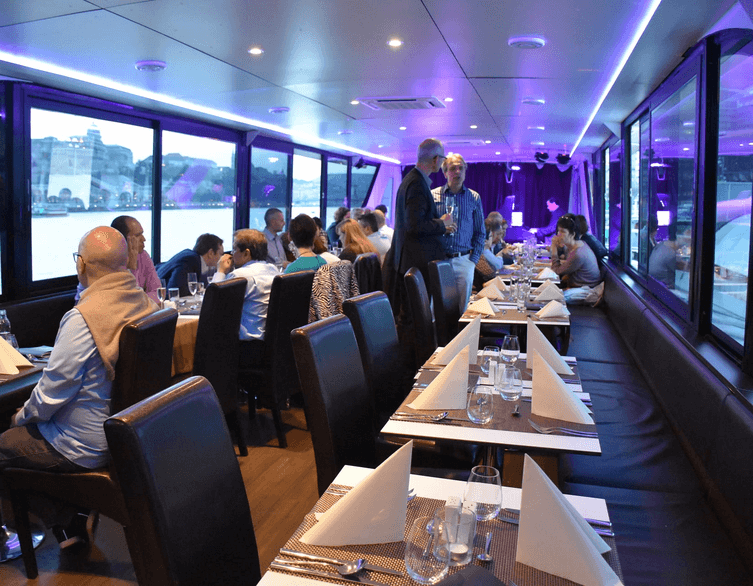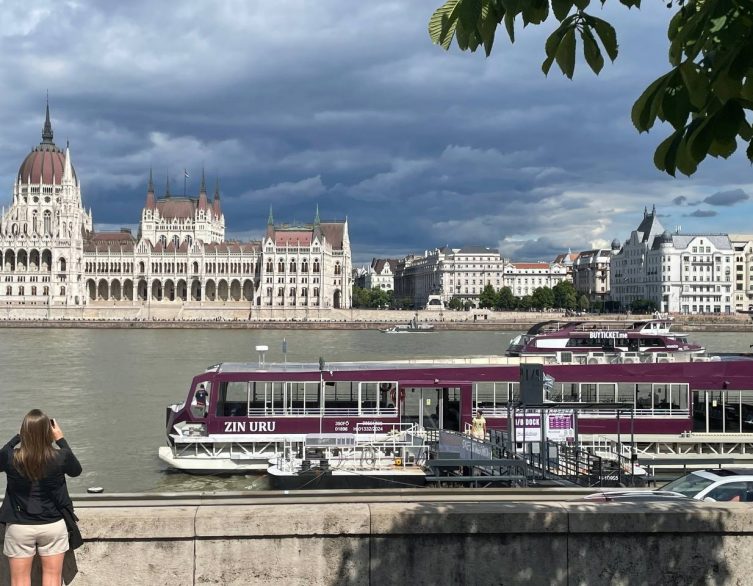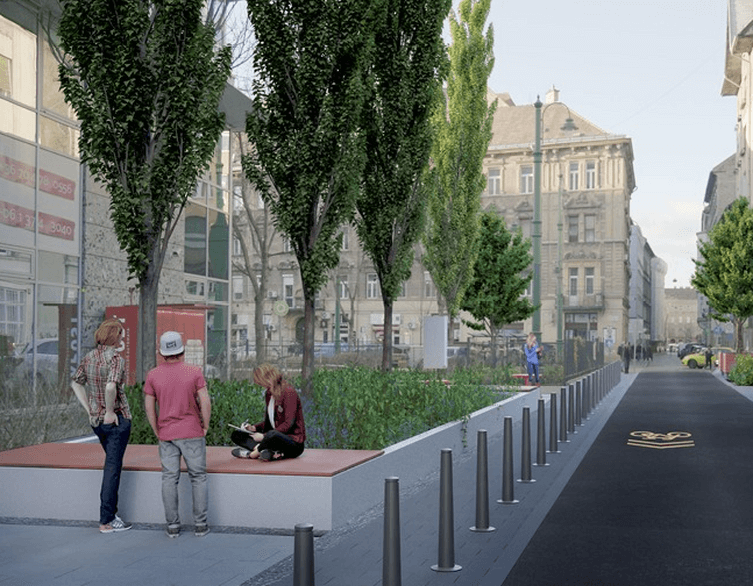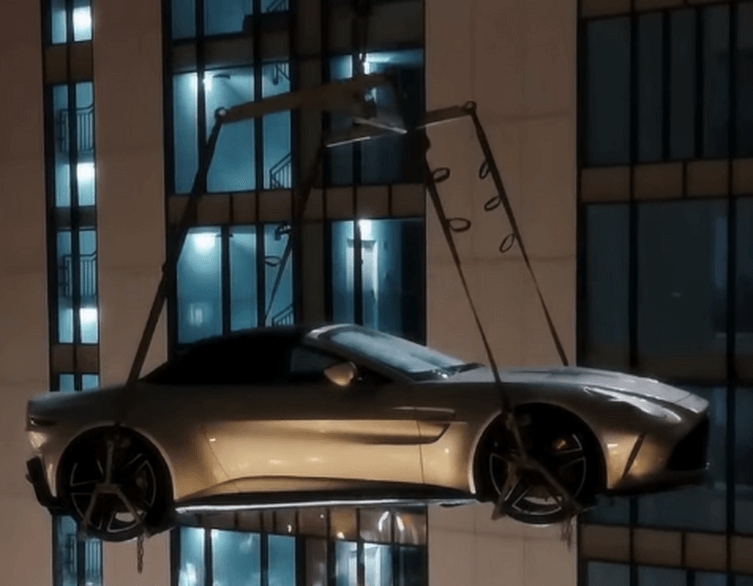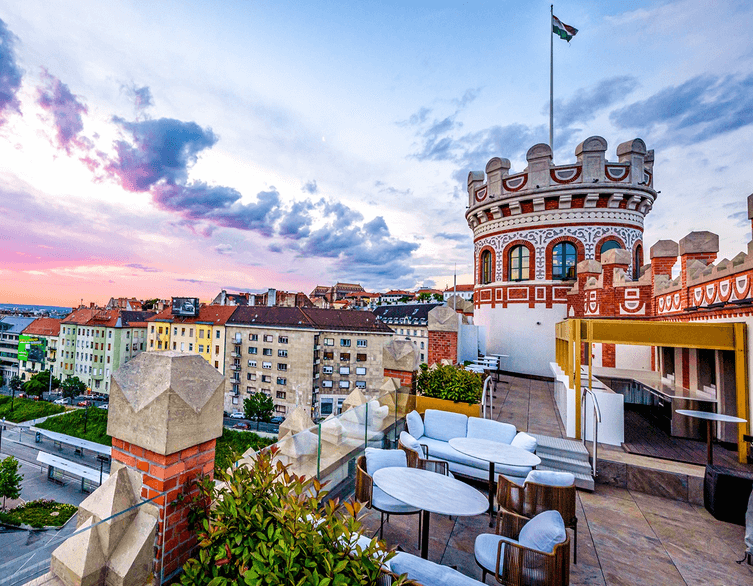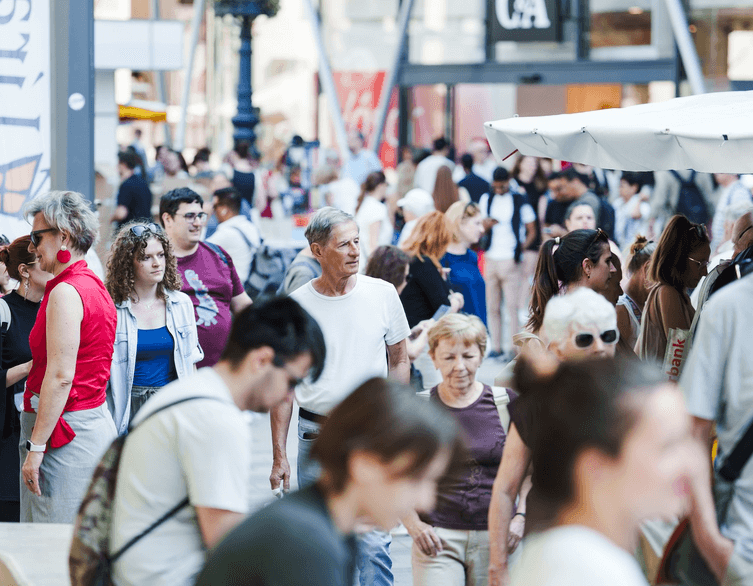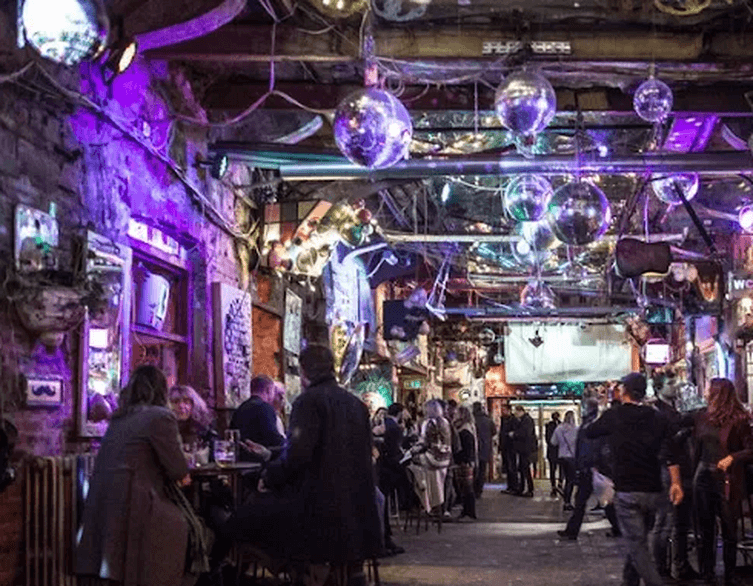Budapest After Dark: Where the City Truly Comes Alive
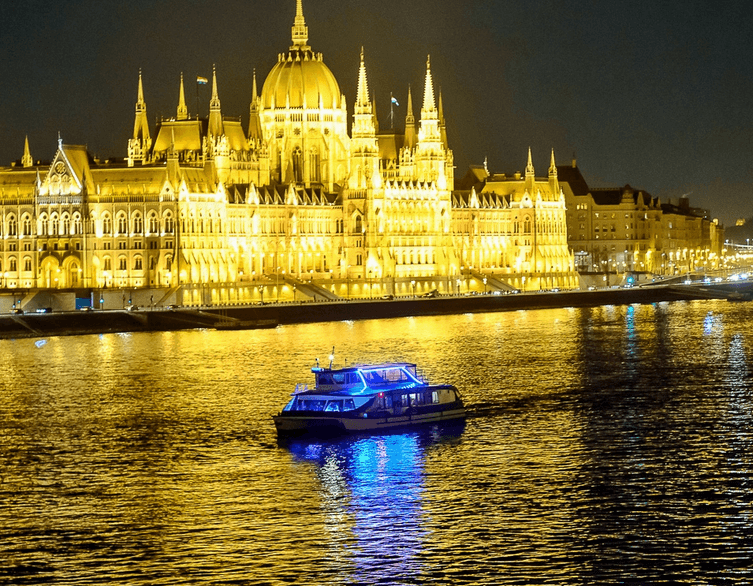
There’s a city in Europe where sunset doesn’t signal the end of the day, but rather the awakening of an entirely different world. That city is Budapest. Over the past decade, the Hungarian capital has carved out a distinctive place on the international nightlife map, now rivaling—and often surpassing—heavyweights like Berlin, Amsterdam, and Prague.
What makes Budapest’s nocturnal identity so compelling isn’t just the abundance of venues or the affordable prices. It’s the unique convergence of history, creativity, and an almost palpable sense of freedom that pulses through the streets once darkness falls. This is a city where the night doesn’t just offer entertainment; it offers transformation.
The Ruin Bar Revolution: How Budapest Reinvented Nightlife
The story of Budapest’s nightlife renaissance begins in the early 2000s, in the crumbling tenement buildings of the 7th district. Creative young entrepreneurs saw potential where others saw decay. They transformed dilapidated spaces into something entirely new—venues that embraced their imperfections rather than hiding them.
The opening of Szimpla Kert in 2002 proved catalytic. This wasn’t just another bar; it was a statement. Mismatched furniture, eclectic art installations, walls covered in graffiti, and multiple rooms each with their own character created an atmosphere that felt simultaneously nostalgic and revolutionary. The concept sparked a movement, and today dozens of similar venues populate the city center, each contributing to what has become Budapest’s signature style.
These ruin bars represent more than aesthetic choices. They embody a philosophy of creative repurposing and community building that resonates with visitors who crave authenticity in an increasingly homogenized world. Walking into one feels like discovering a secret society where everyone is welcome.
The Perfect Storm: Why Budapest Became a Party Capital
Budapest’s rise as a premier nightlife destination didn’t happen by accident. Several factors aligned to create what travel experts now call the “Budapest effect.” The city offers an intoxicating combination of affordability, safety, accessibility, and atmosphere that few European capitals can match.
Recent surveys have placed Budapest among the world’s top ten cities for nightlife, ahead of established party destinations like Barcelona and Rome. But the numbers only tell part of the story. What really sets Budapest apart is its diversity of offerings. Beyond the famous ruin bars, you’ll find sophisticated rooftop lounges with panoramic views, underground techno clubs pulsing until dawn, intimate jazz cellars, and themed venues catering to every imaginable taste.
The city’s compact layout means you can walk between multiple venues in a single evening, creating your own personalized nightlife odyssey. Late-night public transportation keeps the city accessible throughout the night, and the overall sense of safety allows visitors to explore with confidence.
District VII: Europe’s Most Magnetic Party Quarter
The heart of Budapest’s nightlife beats strongest in Erzsébetváros, particularly around Kazinczy Street and its surrounding blocks. This neighborhood has evolved into a 24-hour ecosystem where the energy never truly dissipates, only transforms. By day, you’ll find artisan coffee shops, vintage boutiques, and contemporary galleries. When darkness falls, the same streets metamorphose into a vibrant tapestry of ruin bars, dance clubs, and food truck courtyards.
What makes this district special is its appeal to both tourists and locals. Many party neighborhoods become tourist traps that residents avoid, but Erzsébetváros maintains its authenticity. The atmosphere springs from a fascinating tension between nostalgia and modernity, between preservation and innovation. Former cinemas house nightclubs, bars operate in buildings adjacent to historic synagogues, and every corner seems to hide another unexpected venue waiting to be discovered.
This creative repurposing extends beyond aesthetics. It represents a philosophy of urban regeneration that respects history while embracing change. Walking these streets at night, you’re not just bar-hopping; you’re witnessing living proof that cities can reinvent themselves without losing their soul.
Beyond the Drinks: Culture, Community, and Creativity
To reduce Budapest’s nightlife to simple partying would miss the point entirely. The city’s nocturnal spaces serve as incubators for contemporary culture. Performance art, slam poetry evenings, literary readings, outdoor film screenings, and underground exhibitions regularly populate the same venues that host DJ sets and live music. Here, nightlife and cultural life are inseparable.
This cultural richness reflects deliberate effort. Budapest has appointed a night mayor to champion nightlife interests and mediate between venues, residents, and authorities. Civil organizations run programs promoting safer, more inclusive nightlife spaces. These initiatives ensure Budapest remains not just trendy, but genuinely livable and sustainable as a night city.
The result is an environment where creativity flourishes. Musicians jam in ruin bar corners, artists display work on club walls, and spontaneous collaborations emerge from chance encounters. Budapest’s night isn’t just about consumption; it’s about creation and connection.
Setting Sail on the Danube: A Different Kind of Night Out
Even the Danube River joins Budapest’s nocturnal festivities, offering perspectives on the city that land-based venues simply cannot match. River cruises provide a refreshing alternative to the ruin bar circuit, combining movement, views, and ambiance in ways that feel both relaxing and exhilarating.
Best deals of Budapest
The variety of cruise experiences available rivals the diversity found in Budapest’s bar scene. Unlimited drink cruises appeal to those seeking floating parties with open bars and DJ entertainment, where the city’s illuminated landmarks provide an ever-changing backdrop. For couples or those craving romance, sunset cocktail and dinner cruises offer elegant dining as the city transitions from golden hour to twilight, when Budapest’s bridges and buildings begin their nightly light show.
Music-themed cruises cater to specific tastes, from live folk performances to electronic music sets that pulse across the water. Some operators combine traditional Hungarian cuisine with onboard entertainment, creating immersive cultural experiences that move along with the current. The sensation of gliding past Parliament, the Chain Bridge, and Buda Castle while enjoying food, drinks, and music creates memories that static venues cannot replicate.
Thematic cruises add seasonal magic to Budapest’s waterborne nightlife. Christmas cruises transform the Danube into a festive wonderland, complete with mulled wine, seasonal treats, and views of the city’s elaborate holiday decorations reflected in the water. The experience of seeing Budapest’s Christmas markets from the river, with their glowing lights and festive crowds, offers a unique vantage point on the city’s winter celebrations.
New Year’s Eve cruises have become legendary among those seeking spectacular ways to welcome the new year. These special celebrations feature champagne toasts, gourmet dinners, and front-row seats to Budapest’s midnight fireworks display. Watching fireworks explode over the Danube while aboard a cruise creates an unforgettable transition into the new year, combining movement, celebration, and visual spectacle.
The cruises also solve a common dilemma facing nightlife explorers—how to rest your feet while still experiencing the city. A two-hour cruise provides respite from walking while offering constantly shifting perspectives on Budapest’s architectural treasures and modern developments along both banks.
Must-Visit Venues: Your Essential Night Out Guide
Certain venues have become essential stops for anyone serious about understanding Budapest’s nightlife character. The Instant-Fogas complex exemplifies the city’s “everything under one roof” approach, housing multiple rooms with distinct musical styles in a massive interconnected space. You can transition from techno to indie rock to hip-hop simply by walking through a doorway.
Doboz pairs underground credibility with surprisingly sophisticated interior design, proving that alternative doesn’t mean uncomfortable. During summer months, Anker’t transforms into an open-air oasis in the city center, packed nearly every evening with crowds enjoying the rare combination of urban location and outdoor atmosphere.
The Akvárium Klub sits in the heart of the city with a transparent design that makes the venue itself part of the cityscape. A38 Ship offers nightlife aboard a permanently moored Ukrainian stone-carrying ship converted into a cultural center and music venue. Lärm delivers raw underground energy, while Gólya maintains strong connections to Budapest’s alternative and activist communities. These venues don’t just provide entertainment; they offer entry points into different facets of Budapest’s cultural identity.
Each space cultivates its own community and atmosphere. Visiting several across a single night or extended stay reveals the remarkable diversity within what outsiders might simply label “Budapest nightlife.” These venues represent different philosophies, aesthetics, and musical perspectives, yet they coexist within walking distance, creating an ecosystem where everyone can find their tribe.
The Future of Night: Budapest’s Evolving Scene
After the pandemic years temporarily dimmed the city’s lights, Budapest’s nightlife has roared back with renewed energy. International performers have returned to stages, new clubs continue opening, and themed festivals have proliferated. The city is actively adapting its infrastructure to support this revival, extending public transportation hours, introducing more night bus routes, and reimagining public spaces for after-dark use.
The challenge ahead involves maintaining the delicate balance that makes Budapest special. The city must remain attractive to tourists while preserving what locals value, respecting residential neighborhoods while supporting nightlife venues, and encouraging innovation while protecting heritage spaces. These tensions are real, but Budapest’s willingness to address them through policies like the night mayor position suggests a commitment to thoughtful evolution.
What seems certain is that Budapest’s nightlife has transcended mere tourism appeal to become a genuine cultural asset and export. The city’s approach—blending creativity, inclusivity, affordability, and continuous renewal—offers lessons for other cities attempting to cultivate vibrant after-dark economies.
When Darkness Reveals the Real City
Budapest at night isn’t just a different schedule; it’s a different city entirely. Walk across Margaret Bridge at dawn as the first light touches the Danube while the nightlife’s final revelers head home, and you’ll understand something essential about this place. Stumble into a basement jazz performance you didn’t know existed, dance until sunrise in a ruin bar that once housed families, or simply watch the city lights shimmer on the river from a cruise deck, and you’ll grasp why Budapest’s nightlife has become legendary.
The ruin bar culture, the community experiences, the inclusive atmosphere, and the constant reinvention all contribute to something deeper than simple entertainment. Budapest after dark offers transformation—the chance to see yourself and the city differently, to connect with strangers who become friends, to discover that some of life’s most meaningful moments happen when most of the world is sleeping.
It’s no wonder increasing numbers of visitors now arrive in Budapest not at sunrise, but specifically for sunset. They know that in this city, the real show begins when darkness falls.
Related news

